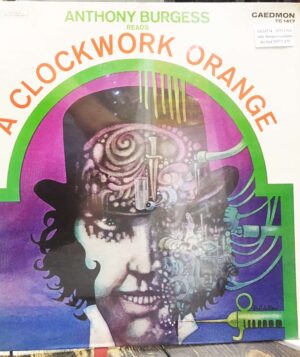Description

1962 Alan T. Annison Agency contract for the Zenith Six to perform at the Cavern Club in Liverpool. The support band (not listed) was not only the Beatles, but it was their 2nd ever performance with the new line up featuring Ringo Starr.
The Cavern opened in 1957 as a jazz club. It was inspired by the post war Parisian jazz clubs of the Latin quarter, it’s look modelled on Le Caveau de la Huchette.
The Zenith Six were a trad jazz combo, who had played the venue since it opened. While they were the old guard, The Beatles were the avant garde.
Despite the myth of the Cavern as the birthplace of the Beatles, the new beat bands had to share the bill with the Trad or Dixieland jazz bands in order to secure a booking. Often this meant the club would empty out twice a night, The Beatles would pack the venue earlier in the evening and their audience who wouldn’t stick around for the jazzmen who continued late into the night.
Following the success of the Beatles in 1963 this all changed and beat band’s took over entire nights at the Cavern.
https://www.discogs.com/Various-Traditional-Jazz-Scene-1955/master/477261

Following The Beatles’ audition with George Martin at E.M.I studios on the 6th June, Pete Best’s drumming was singled out as the band’s main weakness.
He was sacked by Brian Epstein on the 16th August 1962- at the behest of the other three Beatles and following a two-hour rehearsal, the new Beatles line up, featuring Ringo Starr, played their first performance on 18th August at a Horticultural society dance at Hulme Hall in Port Sunlight, on the Wirral, Merseyside.The next day they made their ‘proper’ debut in front of their own audience at the Cavern Club in Liverpool. Given the myth of the Beatles popularity at the Cavern, they were still performing support slots two months prior to the release of their first record.
This contract for the main band, the Zenith Six, is the only known piece of ephemera from that historic performance, making it potentially the earliest surviving item of Beatles’ related material pertaining to the line-up that went to international stardom.Granada TV filmed the band performing Some Other Guy at the club on the 22nd August, three days after this contract.
Any contract or paperwork from the venue has become an important artefact of the era. This one originating from the collection of Bob Wooler, the club’s compere.Less than a month after this performance, on 11th September the Beatles returned to Abbey Road (E.M.I Studios) to record their first single Love Me Do. Due to the recent change of drummer Martin used session drummer Andy White instead of Starr. Love Me do was release on 5th October 1962 and The Beatles continued to performing at the Cavern, even with the Zenith Six as late as 9th December, when George Martin visited the venue with a view of recording them live.
Included with the contract is a certificate of authenticity from Beatles experts Tracks, who auctioned it in 2016. A rare and unique unassuming piece of paper with major historical significance. £ Offers.






